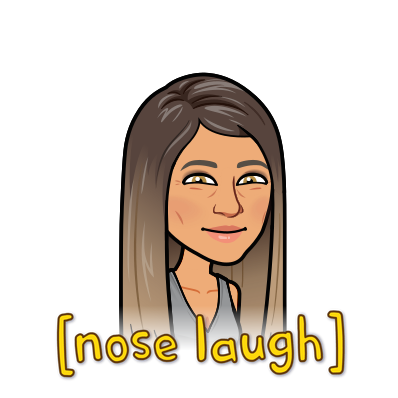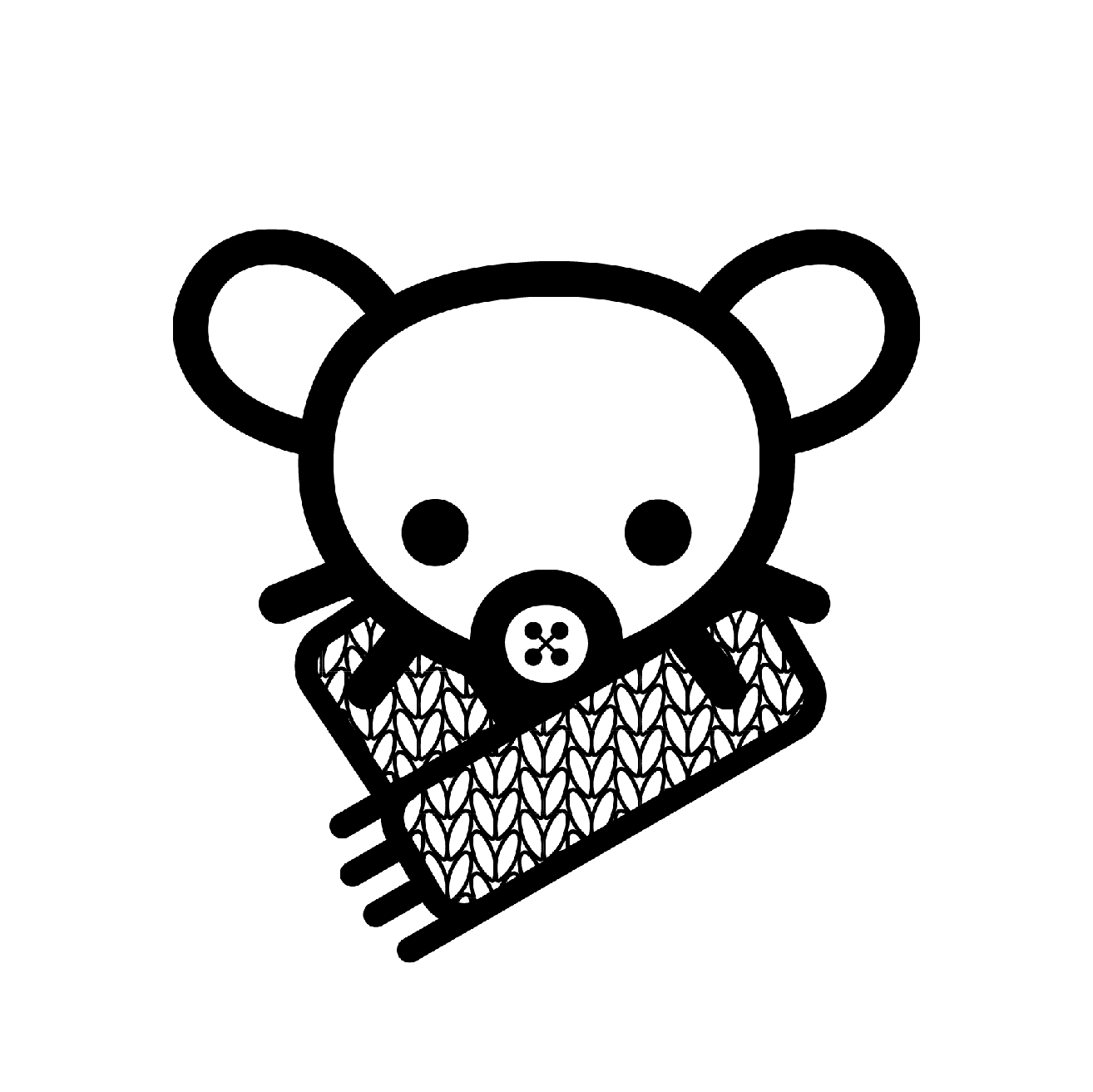Maybe I’m the only one who didn’t know this, but it only just occurred to me to try - and it worked!
I gave it needle size, ply and the garment size I wanted - as well as asking for Australian sizing and instructions (so you’ll need to change that for whatever you’re used to) and from what I could see it was pretty good. Haven’t actually tried it but I may for a small project and see how it goes.
Edit to say that I’m very aware of chatgpts limits (I work in a field where it’s being abused) but thought it was an interesting idea. Simplicity would be key. I’d consider myself a beginner this might be a good way of creating small simple projects. Or nonsense! I have bags of cheap wool that I got through my local buy nothing group so I’m always up for a bit of experimentation.


Folding proteins is applying complex algorithms to data, which is what computers are good at.
Writing knitting or crochet patterns is a skill that requires being good at knitting or crochet as a human. You have to have an understanding of how a human does it to write a pattern - where to place stitch markers logically, when to switch tensions, knowing yourself enough to know how crowded you can let the needle before you’re going to fuck it up… Maybe we could apply “AI” to the mechanical movements and have it create an object from a pattern, but I think going backwards would be significantly harder.
Often I feel like “AI” stuff ignores a lot of technical aspects of the crafts in general. It has only access to visual/audio information that has been uploaded to the internet in some form. I doubt most learning is not done through that way. I watched hours of knitting videos and understood absolutely nothing, I attended an in person class and it stuck. Even if “AI” can model the outcomes of the creations, it can’t really be trained on the creative process.